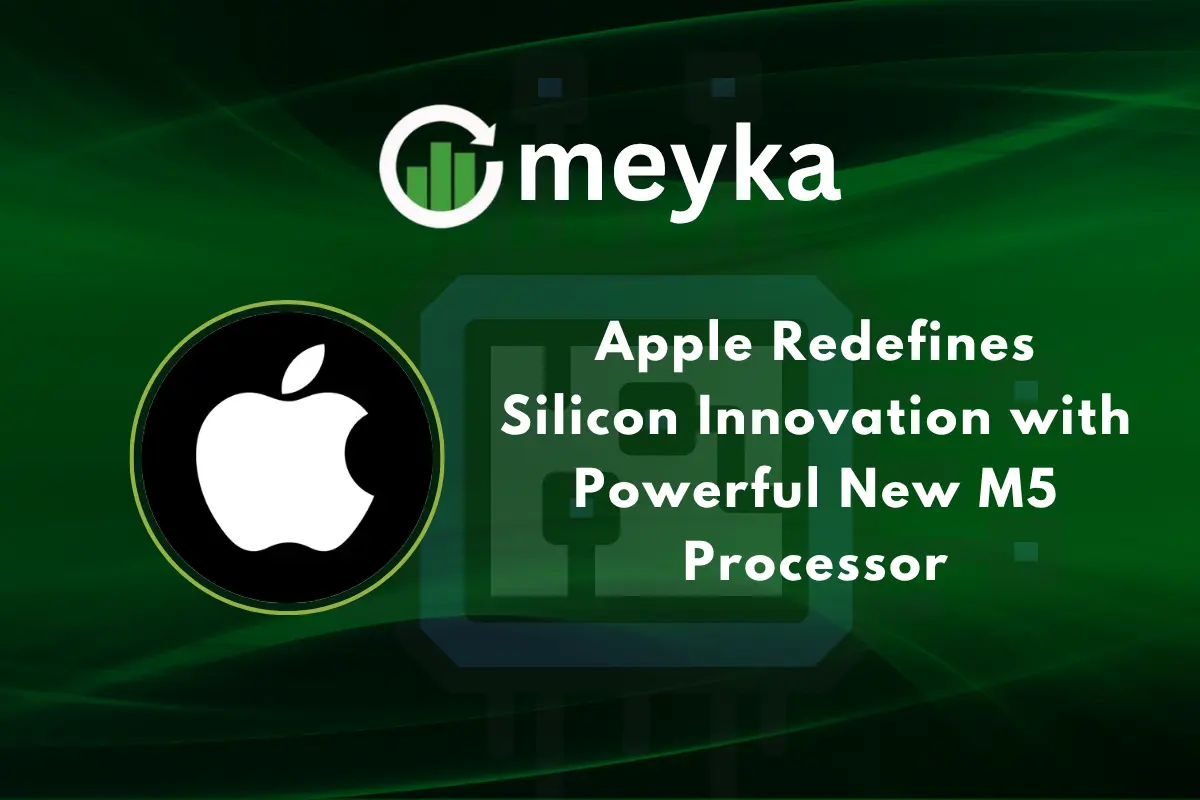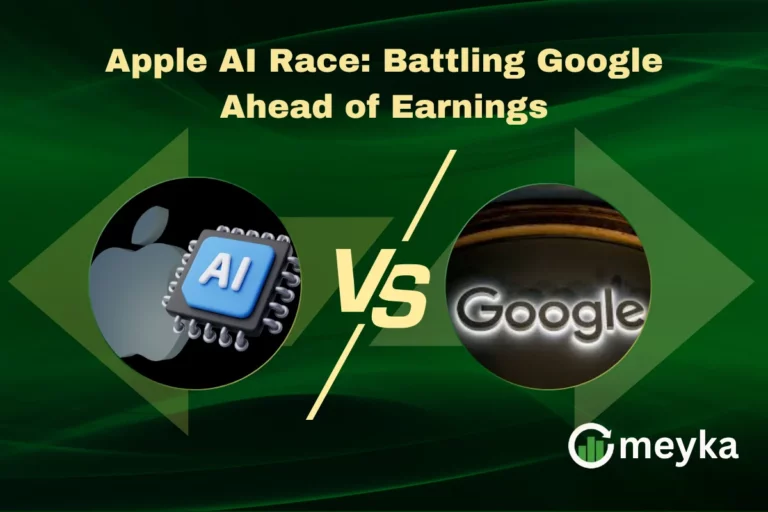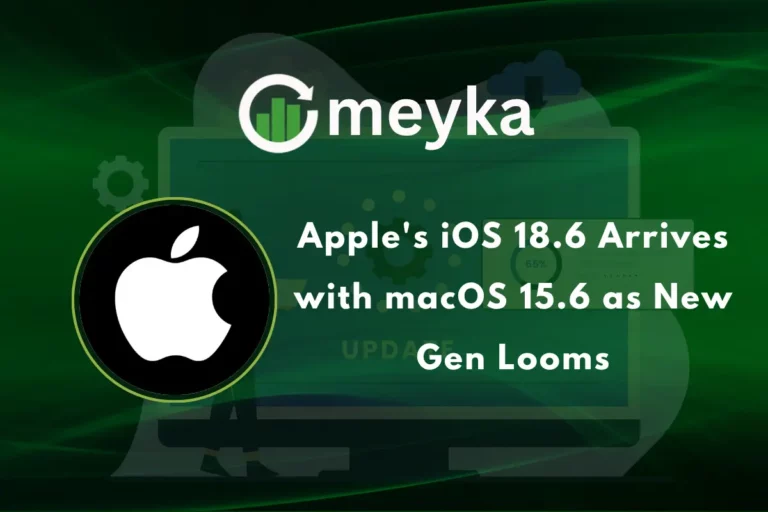Apple Redefines Silicon Innovation with Powerful New M5 Processor
Apple has changed the tech world by building its own chips, and the journey keeps getting bigger. In 2020, the company shocked everyone with the M1 chip, proving it could replace Intel and still deliver speed, power, and efficiency. Each year since then M2 in 2022, M3 in late 2023, and M4 in May 2024 Apple pushed the limits even further. Now, the new M5 processor, expected in late 2025, is set to redefine what modern computing can do.
This isn’t just another upgrade. It’s a bold step toward faster AI performance, longer battery life, and smarter on-device processing. Apple is aiming to handle tasks that once needed powerful desktops or cloud servers right from a laptop or tablet. With growing demand for AI tools, creative software, and smooth multitasking, the M5 arrives at the perfect time.
The excitement isn’t only about speed. It’s about control, innovation, and the future of personal computing. Apple isn’t just following trends, it’s building them. And the M5 might be its most important leap yet.
Evolution of Apple Silicon
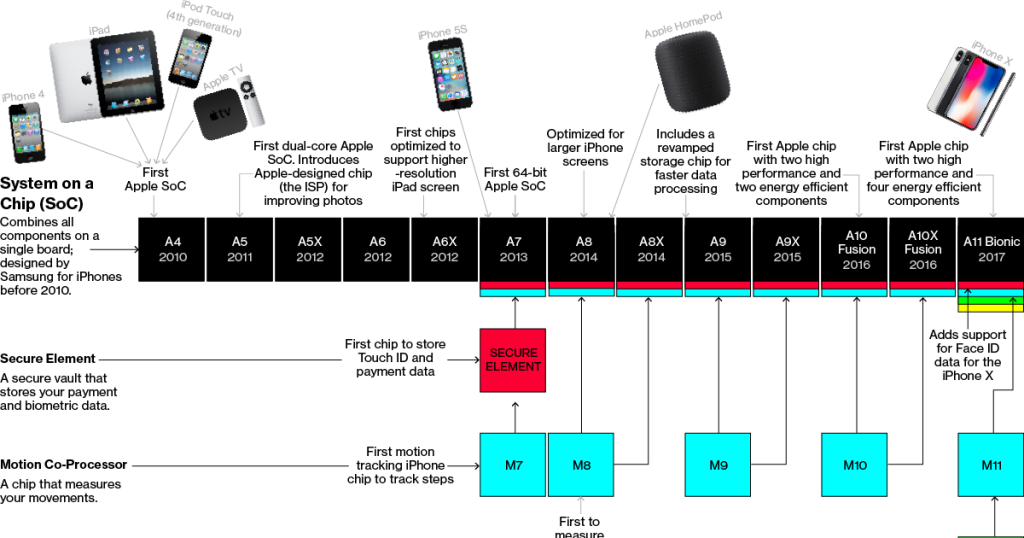
Apple moved from Intel chips to its own silicon in 2020. The M1 chip proved the idea. Apple followed with M2, M3, and M4. Each generation raised the bar for speed and power use. The M5 marks the next major step. Apple announced the M5 on October 15, 2025. The first devices with M5 went on pre-order and are due to ship on October 22, 2025.
What’s New in the M5 Processor?
M5 is built on TSMC’s advanced 3-nanometer process. The chip packs up to a 10-core CPU and a 10-core GPU. Each GPU core includes a Neural Accelerator. Apple increased unified memory bandwidth to 153 GB/s. That boost lets larger AI models run on a single device. The Neural Engine now has 16 cores and a faster media engine. These changes aim for stronger AI and graphics work without big power costs.
Performance Breakthroughs
Apple claims M5 delivers large gains in AI tasks and graphics. The company reports up to 3.5x AI performance in some workloads versus M4. Peak GPU compute for AI is said to be over 4x that of M4. Graphics performance also improves by up to 45% in certain tests. Real-world gains show faster rendering, smoother video edits, and quicker export times. Early reviewers note better multitasking and cooler thermals under load. Benchmarks will grow clearer as more tests appear after October 22, 2025.
AI and Machine Learning Power
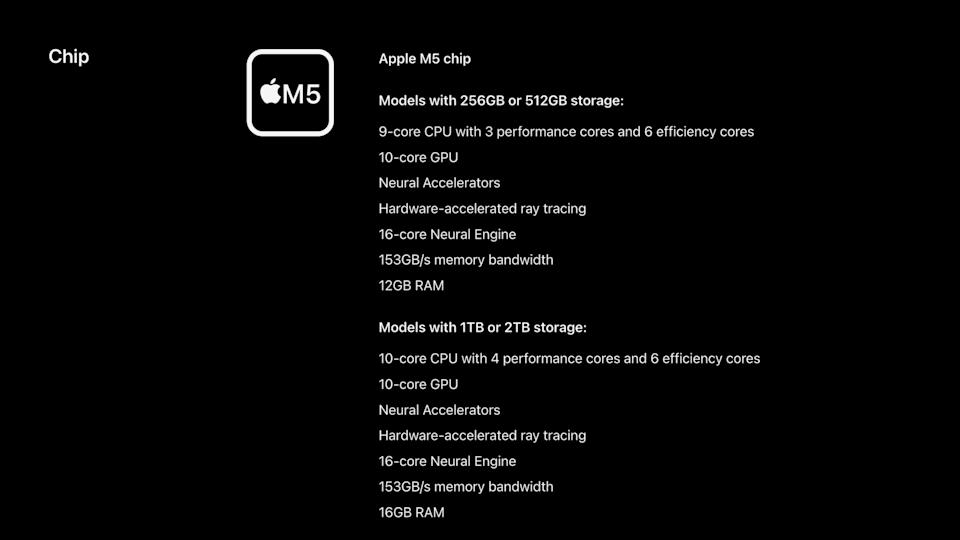
M5 targets on-device AI. Larger models can run without constant cloud access. This reduces latency and protects privacy. The Neural Engine and GPU accelerators work together for model inference and training tasks. Apple highlights faster Persona capture, spatial photo transforms, and general LLM tasks on device. These changes let apps such as creative tools, note apps, and virtual assistants act faster and more private.
Energy Efficiency and Sustainability
M5 uses less energy per unit of work than prior chips. Apple built the chip to keep power use low during complex tasks. Battery life stays long even under AI loads. Devices can run intense apps without big heat spikes. Apple also stresses manufacturing steps that reduce waste and improve efficiency. These moves align with Apple’s broader environmental goals. Exact power numbers vary by device and workload, and full independent testing will arrive after public release.
Integration Across Apple’s Ecosystem
M5 is designed to work tightly with macOS, iPadOS, and visionOS. The unified memory architecture helps apps move data fast across CPU, GPU, and Neural Engine. This streamlines tasks like live video effects, image editing, and AR rendering. New features that lean on on-device AI should feel snappier. Continuity features like AirPlay and Handoff also benefit from the extra speed. Apple positions M5 as both a hardware and software step forward.
New Capabilities for Creators and Professionals
Creators will see clear gains. Video editing software opens large timelines faster. Color grading and rendering finish sooner. 3D artists gain with a third-generation ray-tracing engine in the GPU. Music producers will notice faster plugin processing and shorter export times. Developers of AR and spatial apps get more headroom for real-time effects. The chip lets pro users run demanding workflows on portable machines. Early device builds focus on the 14-inch MacBook Pro and iPad Pro as the main pro options.
Comparisons with Competitors
Apple targets both Intel and ARM rivals. The M5’s on-chip Neural Accelerators give it an edge in many AI tasks. Intel and AMD continue to improve CPU and GPU speed. Qualcomm and other ARM vendors push AI on Windows laptops. Still, Apple’s tight hardware-software match and unified memory approach make M5 stand out for on-device AI and power efficiency. Real competitive positioning will depend on independent benchmarks across diverse workloads.
Devices Powered by M5
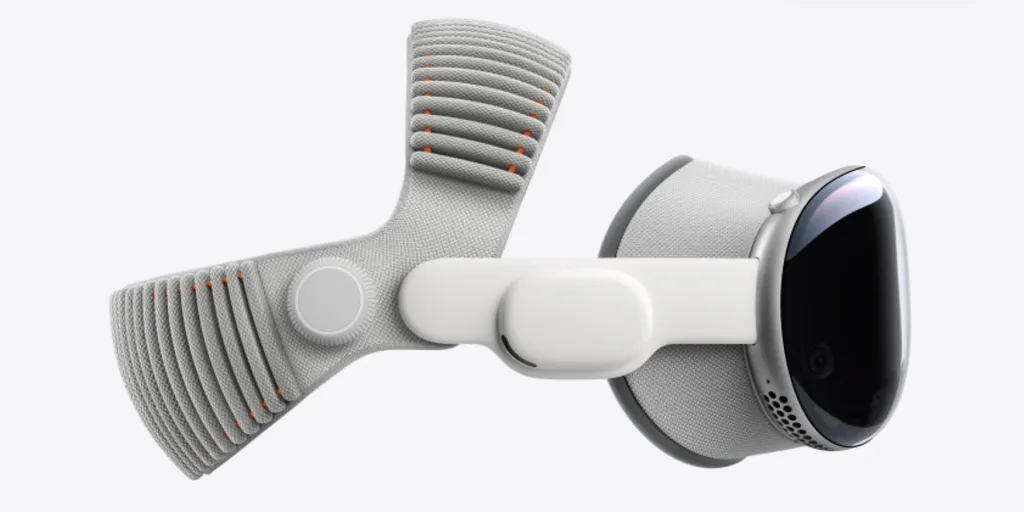
Apple announced M5 in three first devices on October 15, 2025. The updated 14-inch MacBook Pro, iPad Pro, and the second-generation Vision Pro ship with M5. The Vision Pro upgrade brings a new Dual Knit Band and better spatial performance. The MacBook Pro and iPad Pro models get faster storage and wireless chips. Preorders opened the same day, with availability set for October 22, 2025.
Impact on the Future of Computing
M5 nudges the industry further toward on-device AI. Less cloud reliance can lower latency and cut ongoing cloud costs. Edge computing becomes richer as devices can host bigger models. This shift also reshapes software design. Apps that once relied on servers can move logic to the client. The move could change how startups and big firms build services, especially for privacy-sensitive and low-latency use cases.
Developer Opportunities
Developers gain new APIs and more computers to use locally. Metal and machine-learning frameworks will get tuned for GPU-based AI on M5. Apps that use on-device LLMs, real-time video effects, or AR can unlock richer features. Developers should test models for memory use and thermal profiles. Apple’s tools will likely include optimization guides for the Neural Engine and GPU accelerators. Early access to hardware and SDKs helps teams prepare for launch.
Market Outlook and Consumer Expectations
Analysts expect solid demand for high-end Mac and iPad models. The updated Vision Pro aims to broaden its appeal with better performance and comfort. Pricing stayed largely unchanged for initial models, keeping Apple competitive in the premium segment. Market reaction will hinge on user feedback after October 22, 2025, and on independent benchmark results. Supply and component costs remain factors for pricing and availability.
Challenges and Criticism
High performance often carries a high price. Some buyers may skip upgrades if their current devices work fine. Repairability and modular upgrades still matter to many users. The closed ecosystem can limit flexibility for power users. Competitors may narrow the gap quickly with their own AI-focused chips. Independent testing will be crucial to separate marketing claims from real benefits.
Final Thoughts
M5 is a clear, bold move in Apple’s chip roadmap. The focus leans heavily on on-device AI, graphics, and power efficiency. The October 15, 2025 announcement and the October 22, 2025 deliveries mark a fresh wave of products. Early signs point to strong gains for creators and pro users. The full picture will fill in as reviewers and developers push the new hardware in real tasks.
Frequently Asked Questions (FAQs)
Apple announced on October 15, 2025, that the M5 chip offers up to 3.5x faster AI tasks and around 45% better graphics speed than the M4.
Apple confirmed that the 14-inch MacBook Pro, iPad Pro, and second-generation Vision Pro will use the M5 chip, with shipments starting on October 22, 2025.
The M5 focuses on on-device AI and has built-in Neural Accelerators, giving it a strong edge in many AI tasks, but full comparisons need independent testing
Disclaimer: The above information is based on current market data, which is subject to change, and does not constitute financial advice. Always do your research.
